SUMMARY
This is AI generated summarization, which may have errors. For context, always refer to the full article.
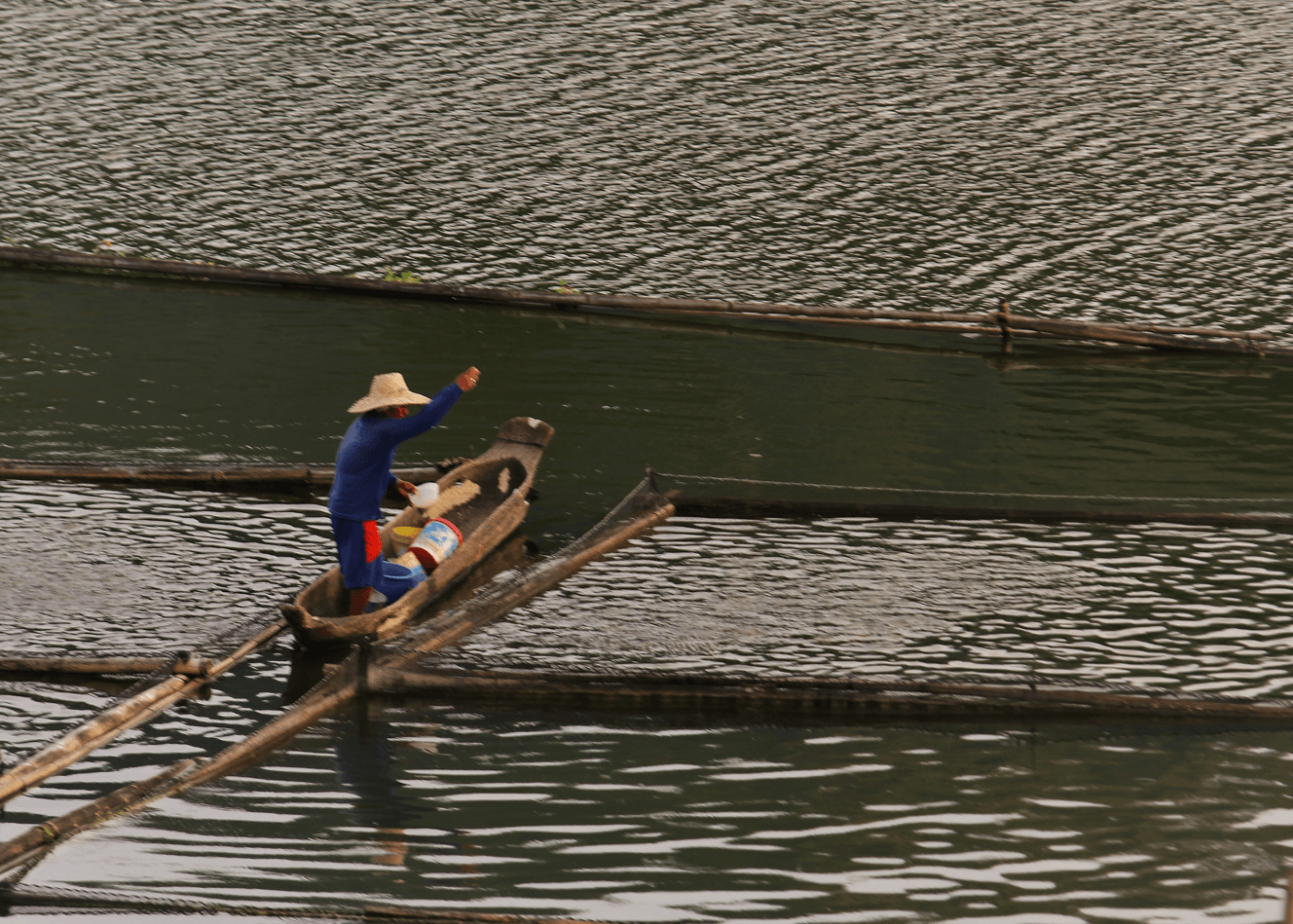
GENERAL SANTOS, Philippines – Fish cage operators in Lake Sebu in South Cotabato were forced to harvest tons of tilapia, many of them dead, on Thursday, January 12, following another fish kill in the area.
Lake Sebu, the largest of three lakes in the town of the same name, is home to thousands of fish cages, mostly for tilapia, which occupy about one-third of the lake’s area.
The fish kill, known as “kamahong,” was caused by the depletion of dissolved oxygen in the more than 350-hectare lake, which has been deemed a dying lake by environmentalists and experts.
The frequent kamahong occurrences have “become a vicious cycle” in the area, said the town’s deputy lake warden, Jose Rudy Muyco.
An attempt was made to impose a moratorium on fish cage operations to allow for full rehabilitation of the lake, but this did not push through due to opposition from some fish pen operators.
The situation in Lake Sebu is dire as fish kill occurrences, which used to be a yearly event, have become more frequent in recent years.
Muyco said two decades ago, tilapia raisers foresaw kamahong occurrences, but not anymore today.
Fish cage operators were prompted to quickly harvest tons of tilapia, most of which residents assert to be safe for human consumption.
The reason for kamahong is the frequent bad weather, which prevents sunlight from reaching the lake and prevents photosynthesis from occurring. Photosynthesis is a process that benefits not only fish but also plants and algae in the lake. The lake has been affected by overcast and frequent rains since October 2021.
Muyco said the number of fish cages in the lake has increased over the years and is seen as a major contributor to the deterioration of the lake’s ecosystem.
Overcrowding of fish cages has caused more waste and debris to settle at the lake’s bottom, resulting in siltation and reducing the lake’s area by about 11 hectares.
The frequent fish kills have also been linked to the increased presence of sulfur and other industrial and other wastes coming from the banks of the lake.
The Bureau of Fisheries and Aquatic Resources (BFAR) recommended the dismantling of the excess cages about a decade ago, but instead, the number increased.
The fisheries code provides that the utilization of a lake for aquaculture must not exceed 10% of its total area. However, the more than 5,000 fish cages in the lake now exceed a dozen times what the lake’s ecosystem can accommodate, environmentalists said.
Lake Sebu is a major source of livelihood for many people in the area, but it’s increasingly clear that something needs to be done to protect the lake’s ecosystem, said Muyco.
The fish kills and the deterioration of the lake’s environment have become a vicious cycle and unless something is done, the lake may become uninhabitable for fish and other aquatic life, he said.
Bobby Panagieto, a tilapia trader, said officials and everyone benefiting from the lake must collaborate for the conservation of the Lake Sebu now.
“No more pointing fingers, all must unite in this endeavor,” Panagieto said. – Rappler.com
Add a comment
How does this make you feel?
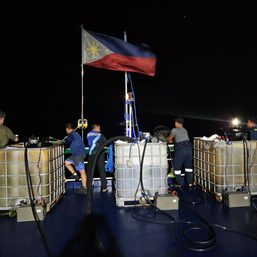
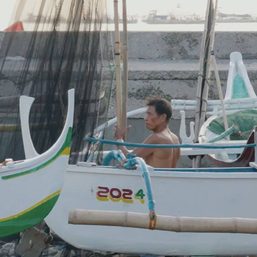

![[Rappler’s Best] The elusive big fish – and big fishers](https://www.rappler.com/tachyon/2024/04/The-elusive-big-fish-%E2%80%93-and-big-fishers.jpg?resize=257%2C257&crop=220px%2C0px%2C720px%2C720px)










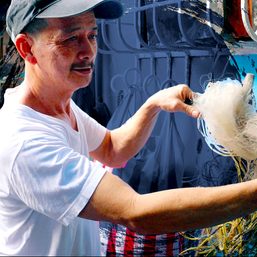
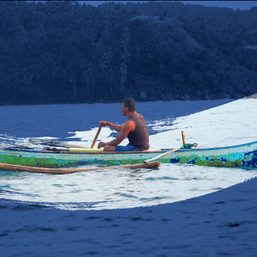
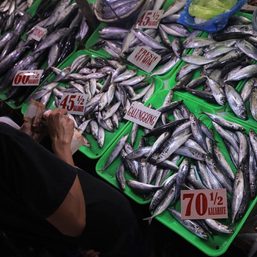





There are no comments yet. Add your comment to start the conversation.